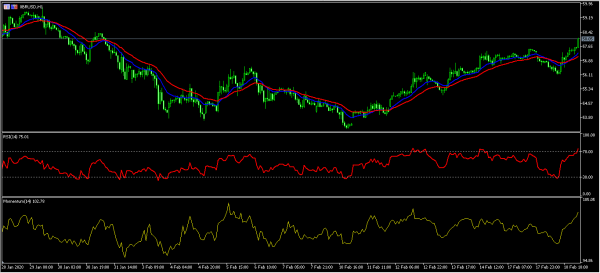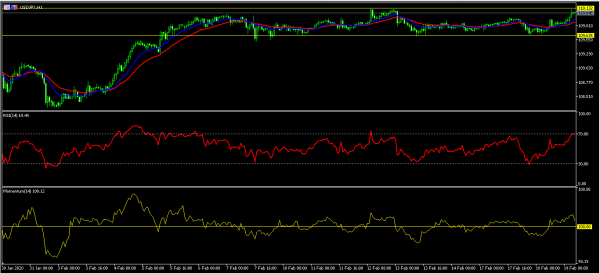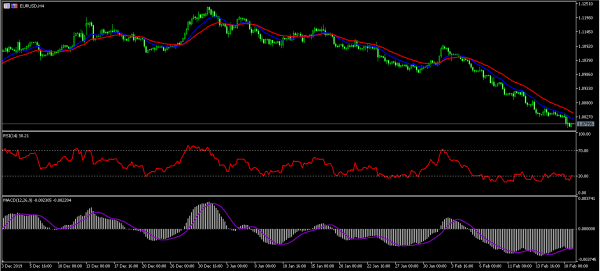The Japanese yen eased against the US dollar as traders reacted to mixed economic data released earlier today. In January, exports declined by 2.6%. This was slightly better than the expected decline of 6.9%. It was also better than December’s decline of 6.3%. Imports declined by 3.9%. This saw the deficit increase from Y154 billion to more than Y1.3 trillion. The core machinery orders declined by 12.5% in December. This was the worst decline since January last year. The machinery orders declined by 3.5% on an annualized basis. These numbers came two days after the country released weak fourth quarter GDP data.
The British pound was relatively unchanged during the Asian session. Traders are still reflecting on the mixed employment data released yesterday. These numbers showed that the unemployment rate was unchanged at 3.8% while wage growth declined in December. Today, we will get more data from the country. The Office of National Statistics (ONS) will release the CPI and PPI data. Economists polled by Reuters expect the headline CPI to decline by 0.4%. Core CPI is expected to decline by 0.6%. The two are expected to have risen by 1.6% and 1.5% in the past twelve months. These numbers will come as the UK prepares to negotiate with the EU on a trade deal.
The US dollar index rose slightly during the Asian session. This was partly because of the deadly coronavirus that is ravaging China and other countries. Official numbers show that the disease has killed more than 2,000 people and infected more than 75,000 people. Later today, we will receive the building permits, PPI, and housing starts data from the US. The headline PPI is expected to have risen by 0.1% in January. Housing starts are expected to drop by 30.7% in January. Building permits, on the other hand, are expected to drop by 0.1%.
EUR/USD
The EUR/USD pair dropped to a low of 1.0783. This was the lowest level since December 2016. The pair has dropped by almost 5% this year. On the four-hour chart, the RSI is slightly below the overbought level. The price is also below all the moving averages. The signal and histogram of the MACD has remained below the centreline since February this month. The pair may continue moving lower today as it attempts to find support.
XBR/USD
The XBR/USD pair rose to an intraday high of 58.10. This is possibly because the number of new coronavirus infections has reduced. The pair has been rising since bottoming at 53.18 on February 10. On the hourly chart, the RSI has moved above the overbought level while the current price is above the 14-day and 28-day exponential moving averages. The momentum indicator has continued to soar. The pair may continue moving higher today.
USD/JPY
The USD/JPY pair rose to an intraday high of 110.10. On the hourly chart, the pair has been moving in a sideways trend. The price is slightly above the 14-day and 28-day exponential moving averages. The RSI has moved close to the overbought level of 70 while the momentum indicator is above the 100 level. The level to watch will be the important resistance at 110.13. A break above this price will likely see the pair continue rising.














